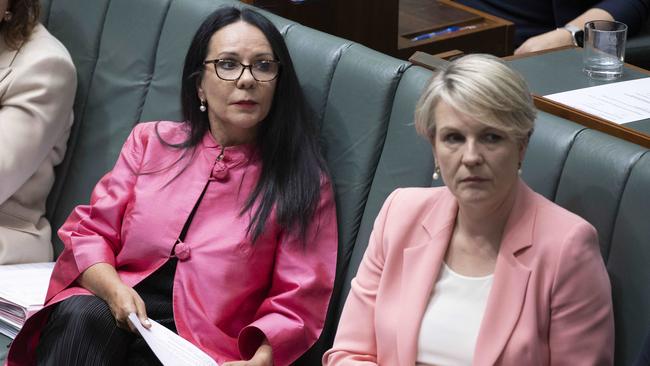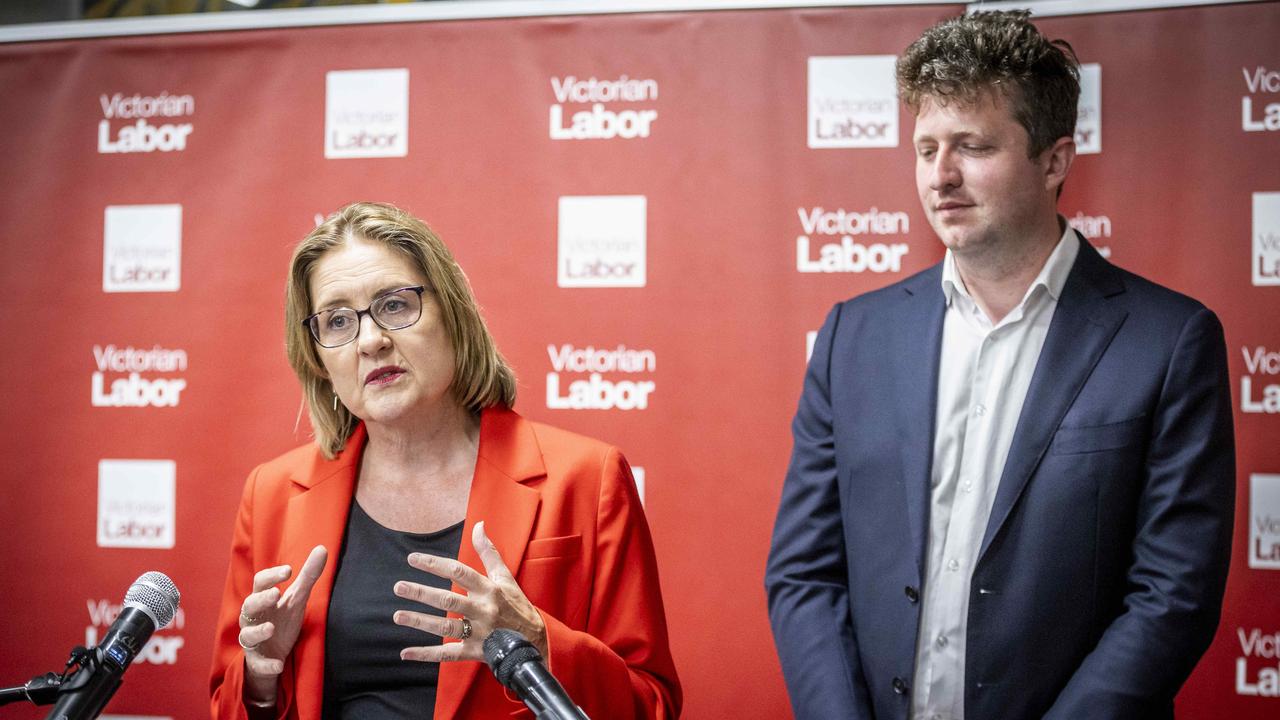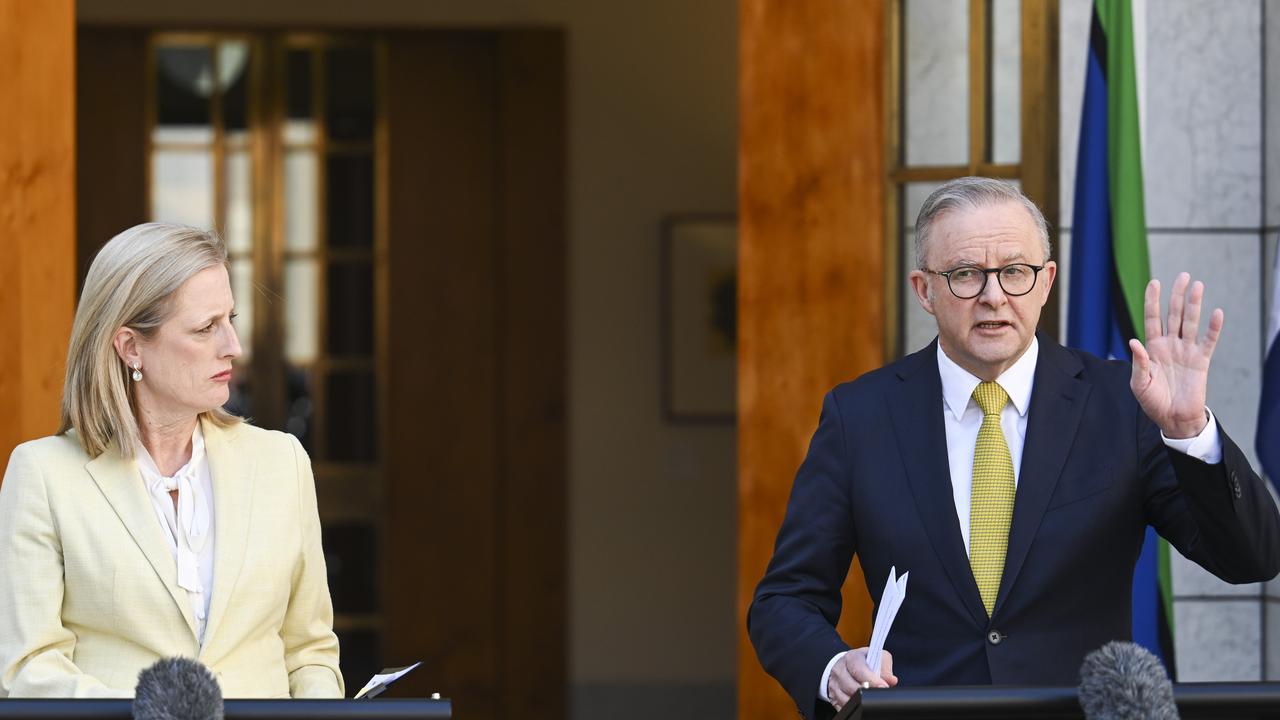Report on revamped Closing the Gap ‘a story of mixed progress’
The Albanese government has published details about how it is working with states, territories and Aboriginal organisations to reduce Indigenous disadvantage in key areas.

The Albanese government has published details about how it is working with states, territories and Aboriginal organisations to reduce Indigenous disadvantage in key areas, including by funding early childhood programs to arrest the decline in the proportion of Aboriginal and Torres Strait Islander children who are ready for school in the year they turn five.
The first national report of the new national agreement on Closing the Gap includes known data about the health and wellbeing of Indigenous Australians, including that in 2021, 34.3 per cent of Indigenous children started school developmentally behind, a decrease from 35.2 per cent in 2018.
The report also sets out what steps are being taken in response. For example, the commonwealth government is spending an extra $81.8m on a program to help Aboriginal and Torres Strait Islander children aged zero to five get ready for school. Called Connected Beginnings, the program involves Indigenous health workers in close contact with mothers and families and will be operating at 50 sites by 2025.
The report documents responses in other areas where disadvantage is either widening or not reducing at a satisfactory pace. It shows the incarceration rate for Indigenous adults is not falling as intended, work to reduce the number of Indigenous children in out-of-home care is failing and the alarmingly high rate of Indigenous suicides is also not reducing as hoped.
Closing the Gap began in 2008 as a way to measure progress against seven key indicators of health and wellbeing among Indigenous Australians compared with non-Indigenous Australians.
However, after 10 years under the old Closing the Gap agreement, it was clear that progress was either non-existent or unsatisfactory. Just two of the seven targets set in 2008 – early childhood education and year 12 attainment – were achieved. Ambitions failed in targets for school attendance, child mortality, employment, life expectancy and literacy and numeracy targets.
The rewritten Closing the Gap is a new approach with many more targets. For the first time, it commits state and territory governments, not just the commonwealth, to the terms of the agreement. A coalition of 50 peak Indigenous organisations also signed the agreement to share in the successes and failures of efforts to improve the lives of Aboriginal and Torres Strait Islander children and adults.
A central element of the new agreement is that community-controlled Aboriginal organisations - not government agencies or non-Indigenous companies and not-for-profits - should ultimately be contracted to provide most or all of the health services in Aboriginal communities.
This is based on evidence that Indigenous medical services and other locally run services have good relationships with locals and understand their needs.
In the first two years of the pandemic, for example, Aboriginal medical services in remote and regional areas were the most effective at combating vaccine hesitancy and misinformation about Covid-19 on social media.
“The numbers in the annual report tell an important story – a story of mixed progress,” Indigenous Australians Minister Linda Burney said on Tuesday.
“We see heartening progress in areas like babies born with a healthy birthweight and children enrolled in preschool but we also see a disappointing lack of progress in a number of other areas, including out-of-home care and adult imprisonment.”
It has been impossible to measure progress in some areas of the new agreement because of a dearth of data.
The agreement includes a promise from all governments to collect and report accurate information about the health and wellbeing of Indigenous Australians in part so that better decisions about funding and resources can be made. The new national agreement requires all state and territory governments to report to their respective parliaments annually on their progress.
“The Closing the Gap architecture can only work when all parties are invested and there is a co-ordinated effort from all jurisdictions in partnership with First Nations peoples,” Ms Burney said.
“We have to work more closely with Aboriginal and Torres Strait Islander people to make real and much-needed progress”



